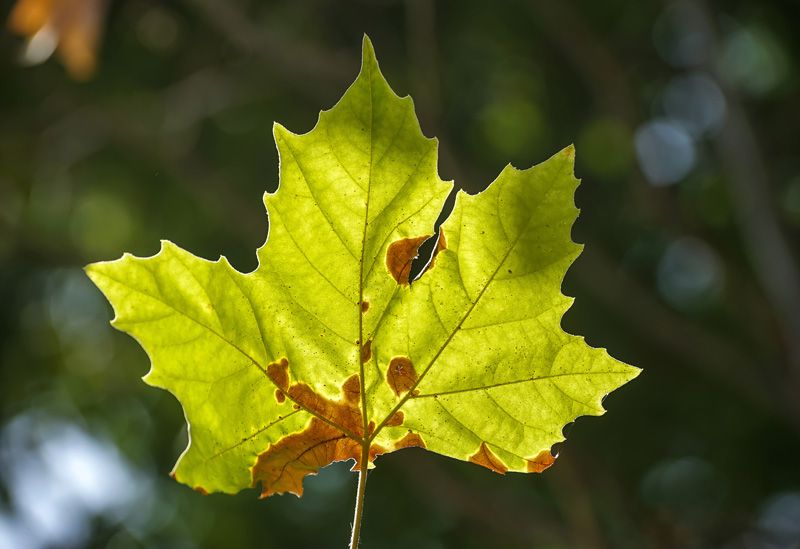
Sycamore Anthracnose (Blight)
Sycamore anthracnose (blight)
Common name
Sycamore anthracnose
Causal agent
Sycamore anthracnose is a fungal disease caused by a pathogen belonging to the genus Apiognomonia.
Scientific name
Apiognomonia veneta
Symptoms & Signs
It mainly affects the foliage through leaf drop, canker formation, twig dieback, shoot and leaf blight, and reduction in overall shoot growth. Older leaves are more prone to turning brown and forming lesions on the margins. Since the leaves wilt quite rapidly, it is often mistaken as a symptom of frost damage. Although sycamore anthracnose does not kill the sycamore trees, repeated infections can weaken the plant and make it more susceptible to diseases.
Transmission
The fungus overwinters and produces spores during the spring, especially during periods of heavy rainfall. Rain provides an ideal moist environment for the growth of spores as well as dispersal. The spores grow best at 50-55 °F (10-13 °C) in cold, wet conditions.
Time of concern
Early spring
Common hosts
American sycamore
